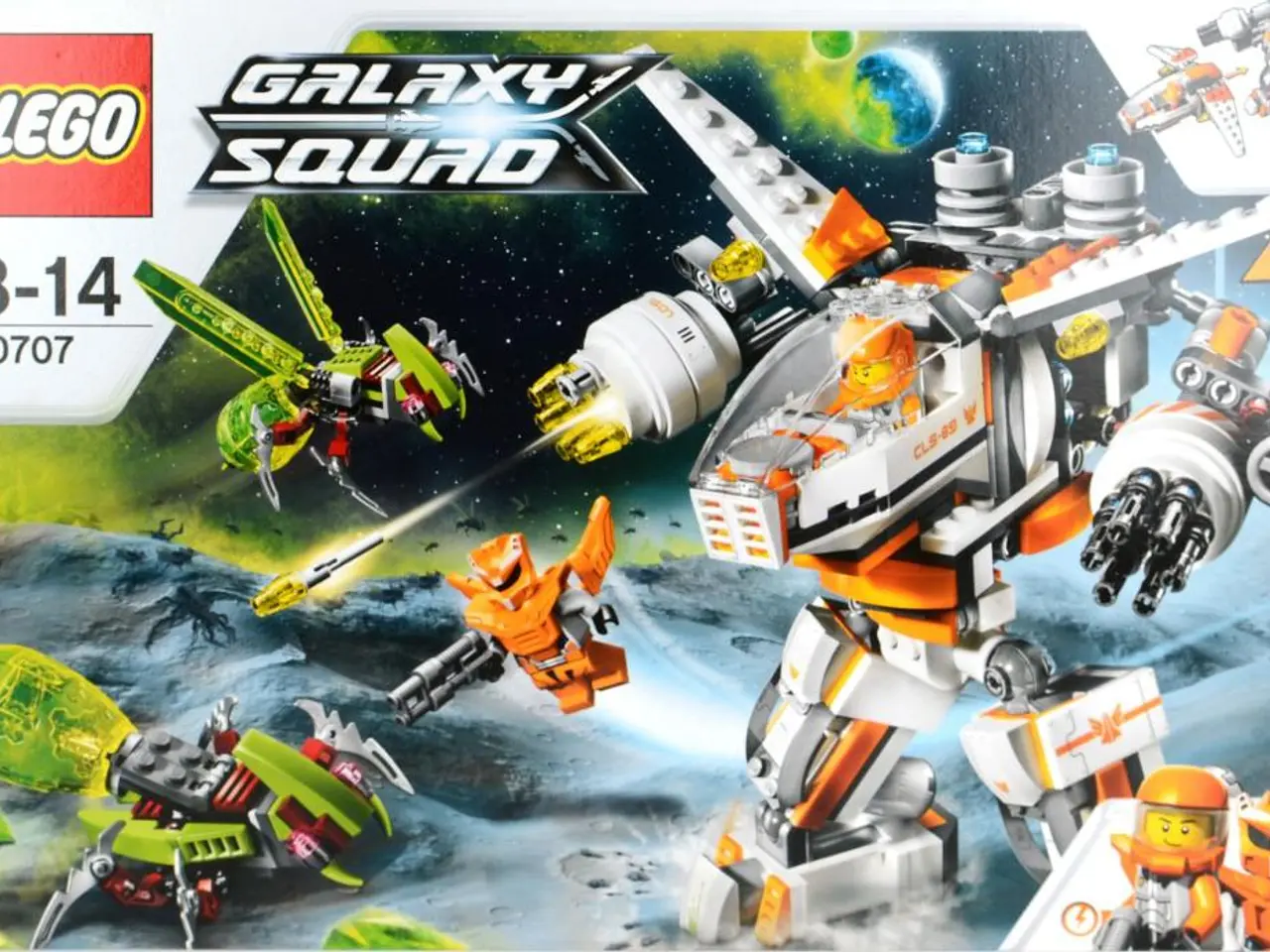Open-source robot Reachy greets with French salutation 'Bonjour'
Introducing the Reachy Mini: An Open-Source Desktop Robot for AI and Robotics Experimentation
Pollen Robotics, a company dedicated to sharing knowledge with the world, has recently unveiled a new robot platform called Reachy. The Reachy Mini, a compact humanoid robot developed in partnership with Hugging Face, is designed to be an accessible and versatile tool for AI developers and researchers.
Hardware
Standing approximately 11 inches tall (28 cm) and weighing about 3.3 lbs (1.5 kg), the Reachy Mini is small enough to fit comfortably on a desk or countertop. The robot features a motorized head with 6 degrees of freedom, allowing for expressive movement, a rotating body, and animated antennas for rich human-robot interaction.
Sensors include two microphones on the Lite version and four on the Wireless version for robust voice interaction and audio processing. The Wireless version also includes a wide-angle front-facing camera for computer vision tasks like object recognition and gesture detection, an accelerometer to sense environment and motion, and a speaker with 5W output for sound and speech.
The Reachy Mini is available in two variations: the Lite version, which is tethered and requires an external computing source, and the Wireless version, which is fully autonomous and powered by a Raspberry Pi 5. The Wireless version also offers wireless connectivity, a built-in battery, and additional sensors.
One notable feature of the Reachy Mini is its lack of locomotion. The robot remains stationary on the desktop, moving only its body parts.
Software and Open Source Availability
The Reachy Mini is controlled and programmed primarily in Python, allowing for fine control over every movement and integration with AI models. The hardware designs, software, and simulation environments are fully open source, encouraging community participation, customization, and transparency.
Users can access a growing library of community-created apps, share their own projects, and benefit from collaborative development. Software tools allow for simulation and testing of projects before running on the physical robot.
The Reachy Mini also supports AI applications leveraging Hugging Face’s platform, voice recognition, text-to-speech, and large language models for advanced interaction capabilities. Simulation can be performed within the Unity 3D game engine, with the option to compile and run in a browser like the simulation playground.
Conclusion
The Reachy Mini combines a compact, expressive humanoid platform with open-source hardware and software, making it an ideal tool for prototyping and experimenting with human-robot interaction and AI applications. Although it does not have dance capabilities due to its focus on the torso and arms, the Reachy Mini may inspire new ideas for the future of robotics.
- The Reachy Mini, a compact and versatile open-source robot for AI and robotics experimentation, is controlled and programmed primarily in Python, making it ideal for prototyping and experimenting with human-robot interaction and AI applications.
- Powered by a Raspberry Pi 5, the Wireless version of the Reachy Mini offers wireless connectivity, a built-in battery, and additional sensors, allowing for packed gadgetry and autonomous functionality.
- With its open-source hardware designs, software, and simulation environments, the Reachy Mini invites community participation, customization, and transparency, and supports AI applications leveraging artificial-intelligence platforms like Hugging Face’s, facilitating advanced interaction capabilities.




